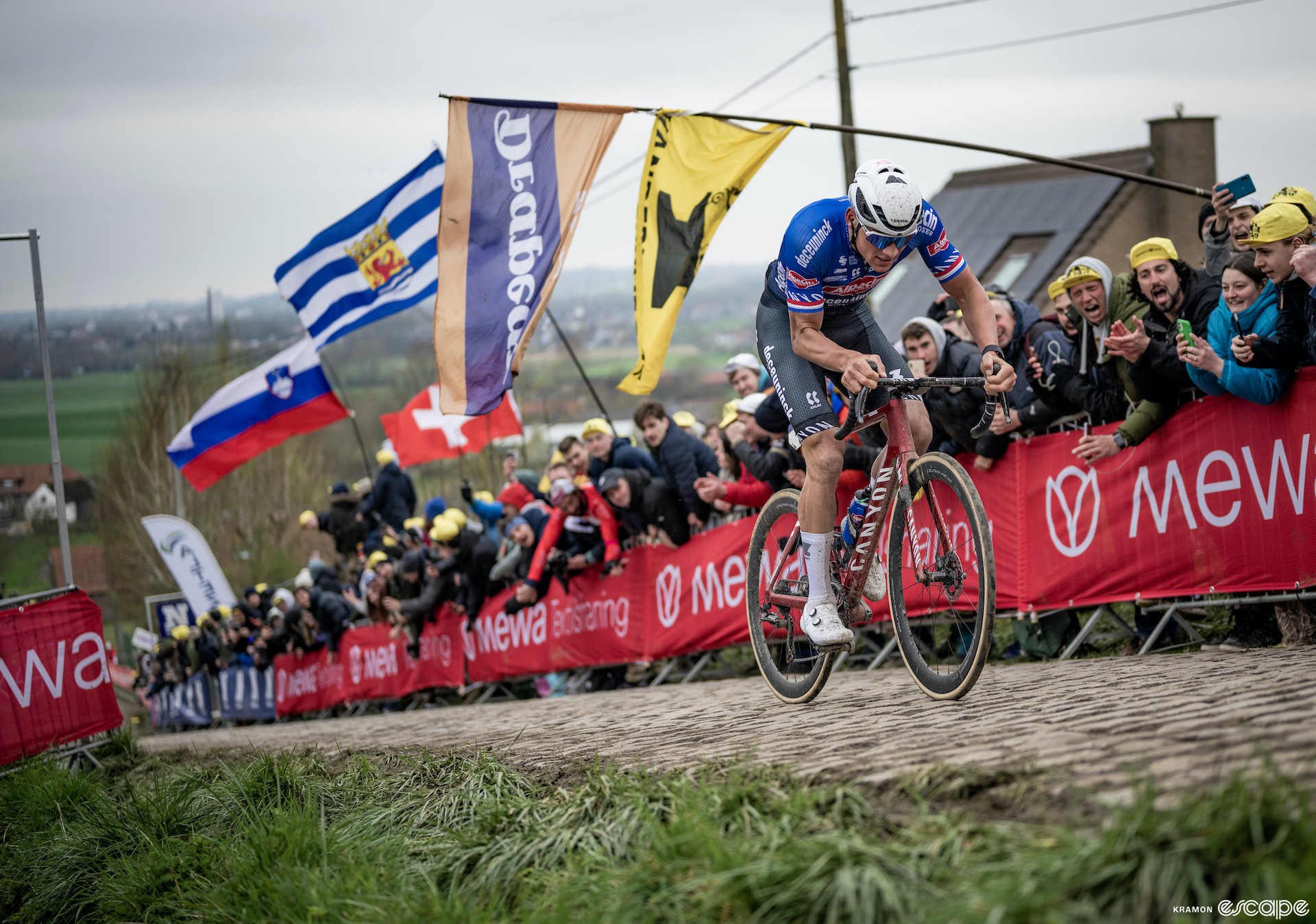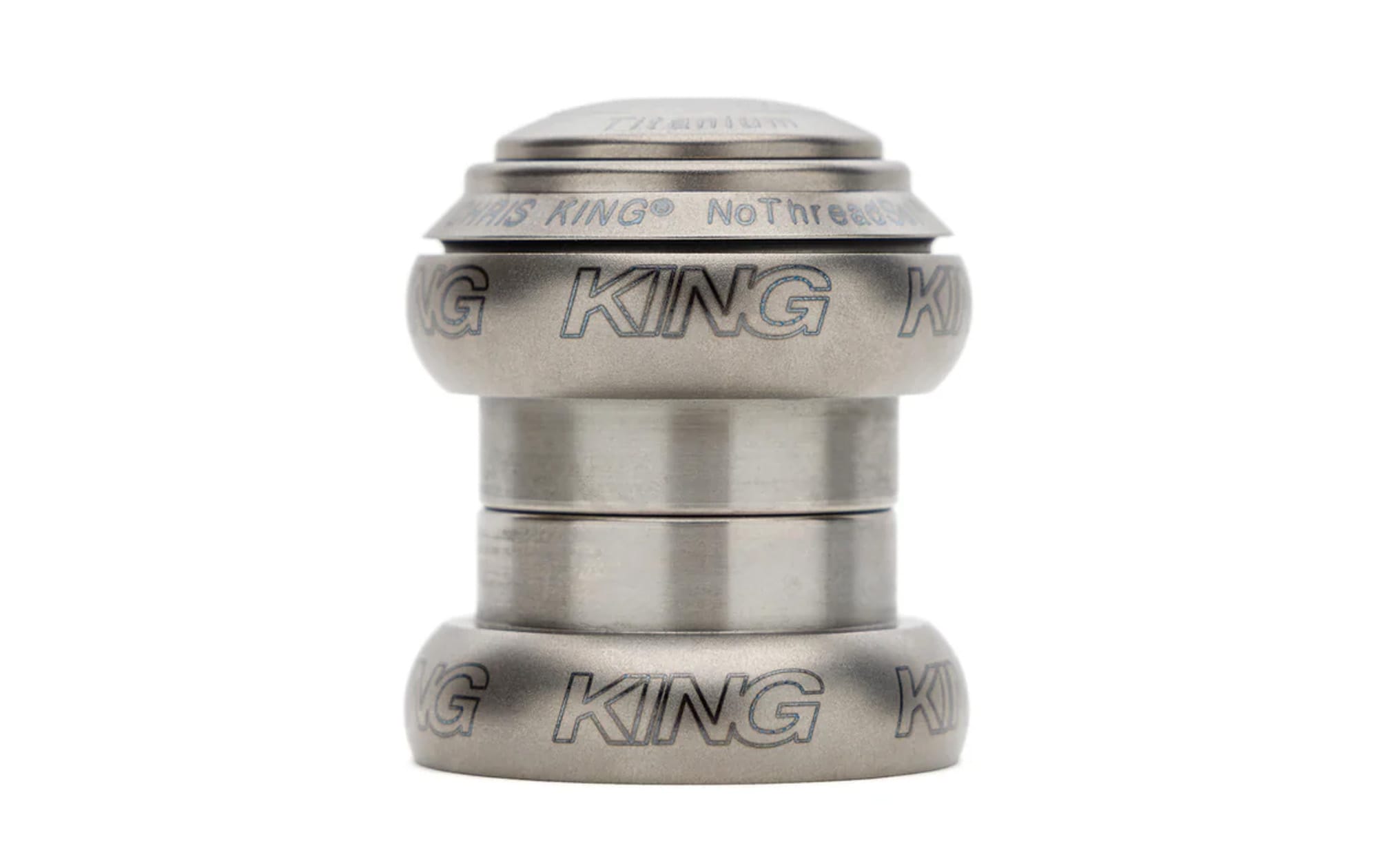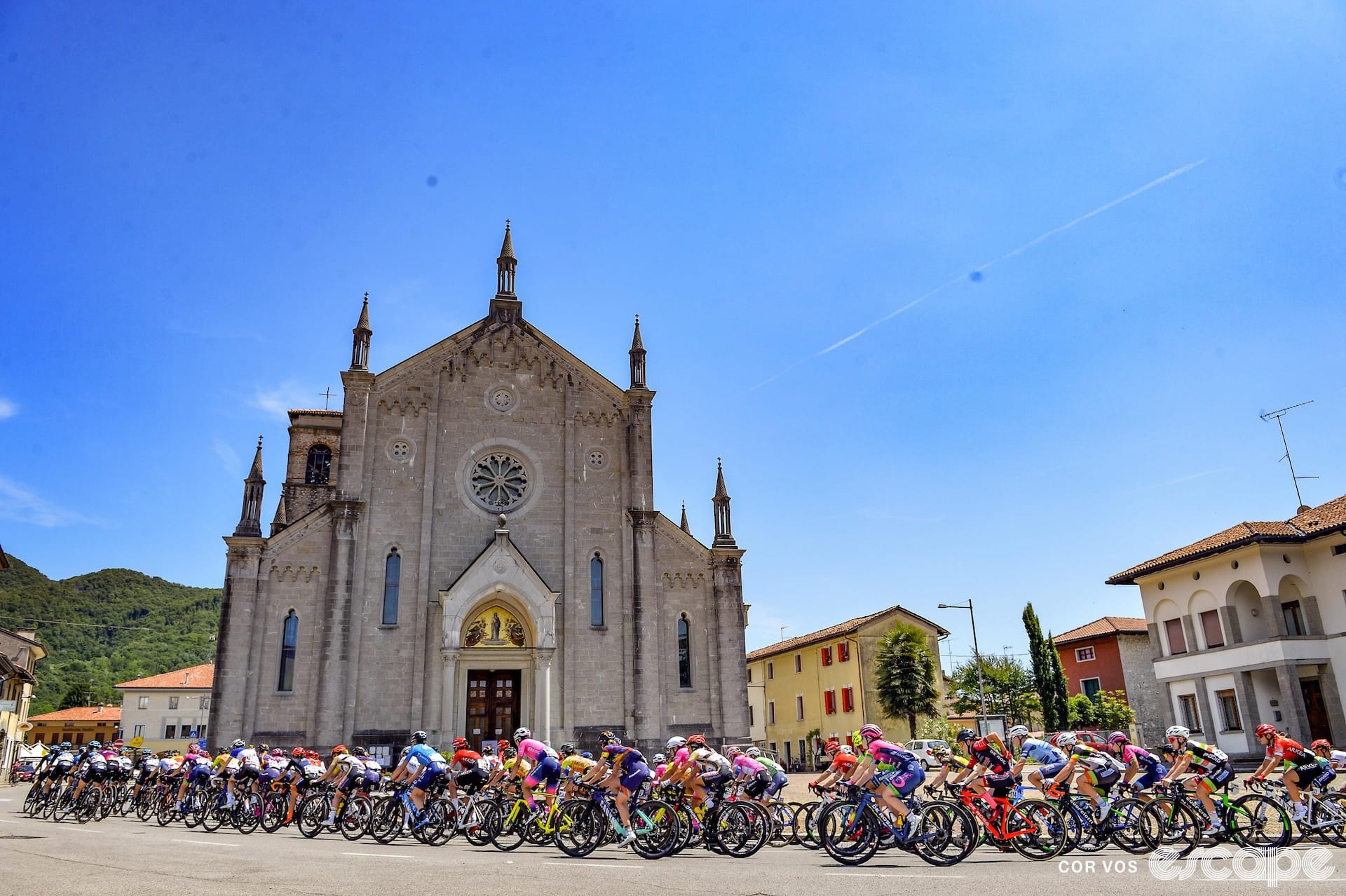Holy Week is nigh, and thus two of bike racing's most hallowed spectacles loom. First up is De Ronde van Vlaanderen (the Tour of Flanders), which will draw thousands of passionate Flemish fans to the roadside in Belgium on Sunday for a day of brilliant racing on the region's famous cobbles and climbs.
As the race draws near, keep an eye out for Abby Mickey's preview of the women's race, and read on for what you need to know ahead of the 108th edition of the men's race …
The route
You are probably familiar with the parcours of one of cycling's best-loved events, so we will save the ink (or the pixels?) and focus on the big stuff here. The route for the 2024 Tour of Flanders has some differences compared to last year's race, but the changes all come before the final iconic stretch of challenges that starts with the Koppenberg, so the nature of the race probably won't change much.
The key details are, as ever, the cobbles and climbs. There are 17 trips up hellingen, some of which are cobbled, and that number includes a few repeat trips up the same climbs. Three visits to the Oude Kwaremont, for instance, await the Flanders peloton on Sunday. There are a further seven cobbled sectors that the organizers have deemed not hellingen, although most of them are not flat.

The distinction seems a bit arbitrary so perhaps it will be useful to say that, all told, there are 24 total sectors of roads that the organizers see fit to highlight as challenging for one reason or another.
This year's race gets underway in Antwerp, following the recent tradition of switching between Antwerp and Bruges as the start cities. That obviously means that the route down to the loops around Oudenaarde looks a bit different, and some tweaks have been made since the 2022 edition that left Antwerp too.
Other changes have been made to the looping roads around Oudenaarde, notably a routing change intended to improve safety and logistical challenges for team cars, and then the removal of some stretches deemed overly risky for riders. One of those is the very descent off the Kanarieberg that saw Wout van Aert and others crash at Dwars door Vlaanderen.
After riders make their second trip up the Oude Kwaremont and first up the Paterberg, the brutal Koppenburg at around 45 km to go heralds the start of a familiar run on famous Flanders challenges. Next up are the Mariaborrestraat, the Steenbeekdries, the Stationsberg, and the Taaienberg, and then there is a brief respite before the Kruisburg. After a fast descent and a flat stretch comes the one-two punch of the Oude Kwaremont and the Paterberg. From the top of that short but very steep climb, it's just over 13 km to the finish in Oudenaarde.
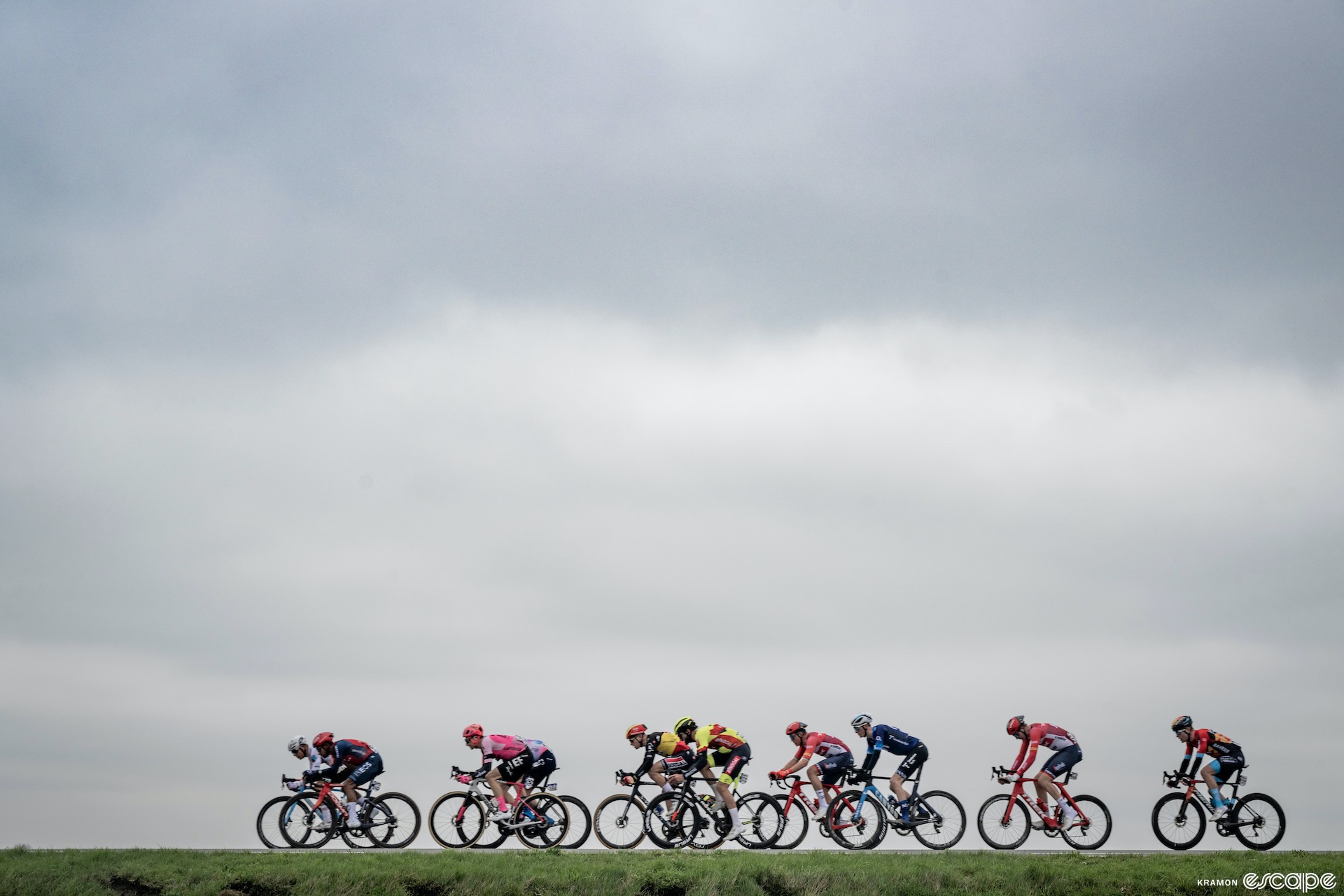
The stars and the storylines
The favorites
⭐⭐⭐⭐⭐: Mathieu van der Poel
⭐⭐⭐⭐: Mads Pedersen, Matteo Jorgensen
⭐⭐⭐: Stefan Küng, Tiesj Benoot, Matej Mohorič, Dylan van Baarle
⭐⭐: Kasper Asgreen, Alberto Bettiol, Tim Wellens, Jasper Philipsen, Nils Politt, Jan Tratnik, Michael Matthews
⭐: Toms Skujins, Oier Lazkano, Jonathan Milan, Valentin Maduouas, Ben Turner, Olav Kooij, Biniam Girmay, Søren Kragh Andersen, Fred Wright, Alexander Kristoff, Josh Tarling
Can Van der Poel (and his team) handle being the odds-on favorite?
This race has one clear rider favored heavily over anyone else in the field to win, and it's the guy who has already won twice: Mathieu van der Poel (Alpecin-Deceuninck). Just a few days ago, things might have been different, but after a crash at Dwars door Vlaanderen that took out several wouldbe challengers, and with 2023 winner Tadej Pogačar not racing, Van der Poel is alone at the top. That is actually not a position that he has found himself in often.
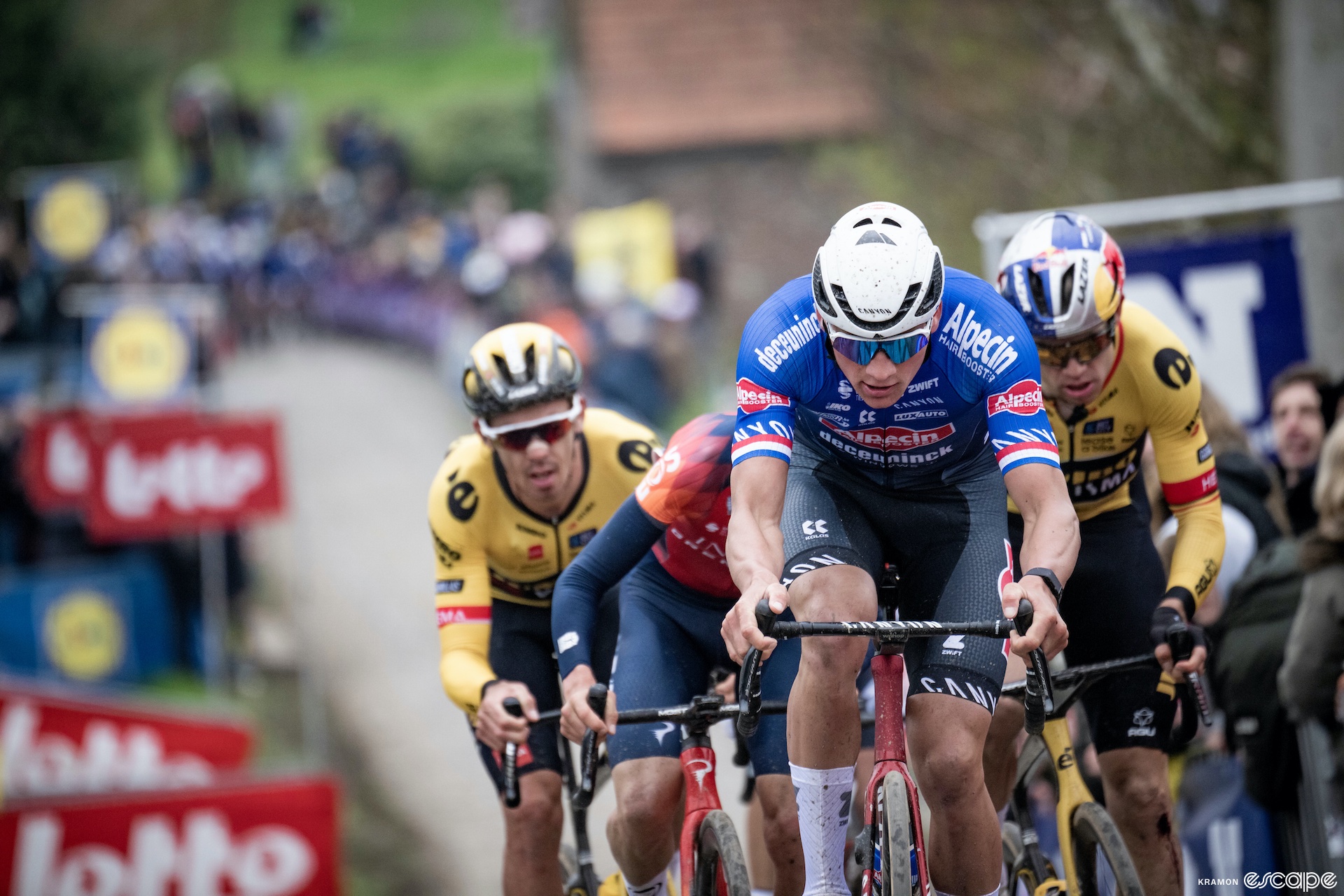
Van der Poel usually has the likes of Wout van Aert (Visma-Lease a Bike) vying for the pre-race attention, but with Van Aert gone and Mads Pedersen both in uncertain shape after his own crash and down a potential ace Lidl-Trek teammate in Jasper Stuyven (more on that later), all eyes will be on Van der Poel to dictate the terms of the race. There's little doubt that he can do that when he is at his best, but he has a track record of running hot and cold, and it can be hard to predict when he's going to have an off-day.
What's more, he doesn't have quite the same team firepower that Visma has to chase down rival attacks, leaving him vulnerable. He may be the clear favorite, but this isn't the Tour de France. It's a one-day race where non-favorites can and do win all the time, and Van der Poel, Jasper Philipsen, and the rest of the squad will have their work cut out for them with the favorite in their ranks.
Can Matteo Jorgensen really lead Visma to victory?
Matteo Jorgensen's emergence into a genuine contender for headline-making wins has been one of the biggest storylines of the early season, and now, he is the bookies' second favorite for Flanders. That's a pretty meteoric rise for a rider who just joined Visma over the past offseason on the heels of some promising, if not earth-shattering, results at Movistar. Frankly, it's impossible to say just what to expect from Jorgensen seeing as we don't even really know what type of rider he is yet. He won a major WorldTour stage race earlier this month but just won Dwars door Vlaanderen too.
His Dwars win was a potential playbook for his team at Flanders (minus the whole Van Aert crashing out of the race bit). Jorgensen has a big engine and great climbing legs, and that is also true of Tiesj Benoot and Dylan van Baarle, and so all of them should be firing off attacks hoping that something sticks while the other can follow the wheels in the chase. Even without Van Aert or Christophe Laporte, Visma still has serious firepower for this race, and there will be less attention on them now too, which makes them even more dangerous.
How healthy is Mads Pedersen after his Dwars crash?
After his Gent-Wevelgem victory over Van der Poel, Mads Pedersen seemed set to come into the Tour of Flanders as a co-favorite, relying on his excellent form and at the head of an impressive Lidl-Trek team. Since then, however, his own crash has left his form in doubt, and now he does not have powerful teammate Jasper Stuyven to rely on either.
Just the same, if Pedersen is actually feeling OK after the crash, he should be in the mix at the very end of this race. The climbs aren't nothing for a rider of his size, but if Pedersen can stick with the favorites, he has the legs to win in a sprint. We'll just have to wait and see how he's feeling on the day of.
Will Soudal-QuickStep be a factor?
Three years ago, Soudal-QuickStep appeared set to contend at Tours of Flanders for years to come with Kasper Asgreen leading the way and Julian Alaphilippe starting to dabble on the cobbles as well. That's not really how things have played out. Last week, the team delivered it's worst ever finish at E3, and there has been little reason for optimism outside of Tim Merlier's results in more sprinter-friendly Classics.
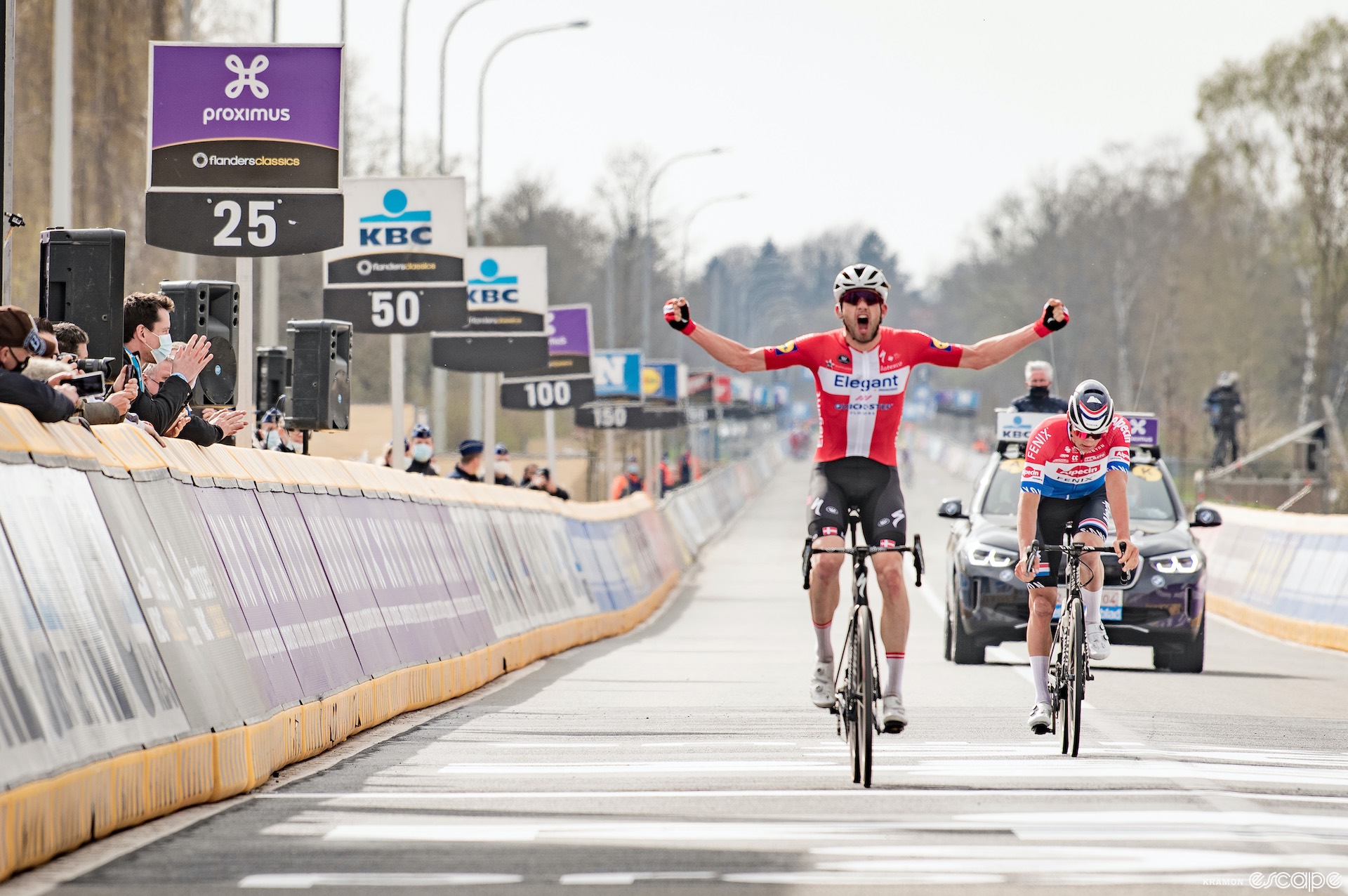
Still, Asgreen and Alaphilippe and the previously quite reliable Yves Lampaert are all in the team's Flanders lineup, and surely one of those riders can put in a respectable ride, right? It will help that some wouldbe favorites (like Van Aert) are out of the picture and that people aren't really expecting Soudal-QuickStep to shine like they once would have, but the stakes are getting higher with each passing Flemish Classic where the team underperforms.
Will an outsider emerge?
With Van der Poel as a clear favorite for the race but perhaps less team firepower than Visma or Lidl-Trek, it does feel like the stage is set for a possible outsider to sneak away for an Alberto Bettiol-style win. Who are the likely candidates?
For starters, there is Bettiol (EF Education-EasyPost) himself, who has shown flashes of form this spring. Matej Mohorič (Bahrain Victorious) and Stefan Küng (Groupama-FDJ) are others who could take a flyer from afar. The list of more distant outsiders to watch (that we haven't mentioned yet) includes Oier Lazkano (Movistar), Matteo Trentin (Tudor), and Küng's teammate Laurence Pithie.
Enjoy the race!
Did we do a good job with this story?

